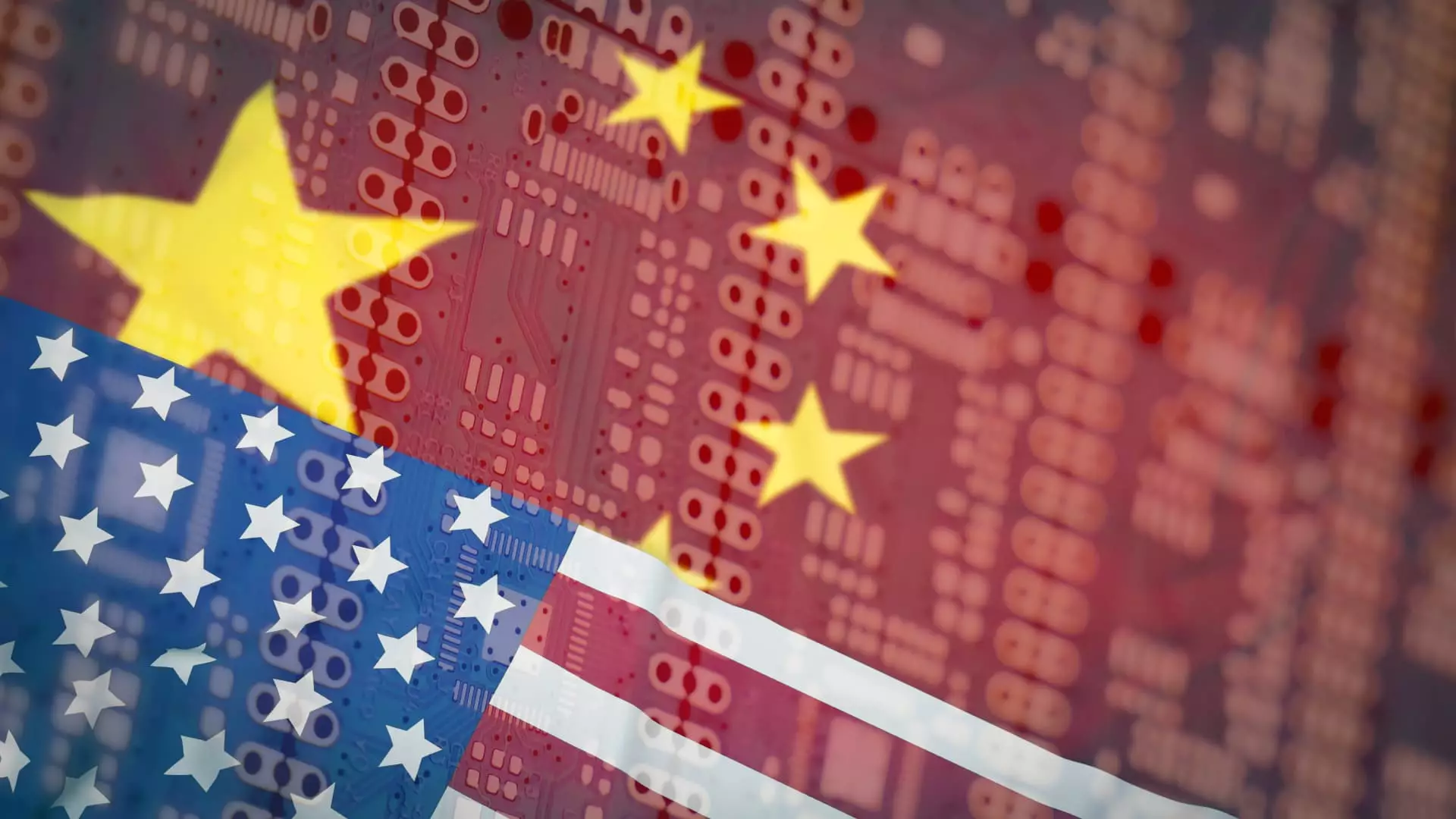Semiconductors are critical components of nearly every modern electronic device, driving innovation across various industries, including automotive, consumer electronics, and defense systems. The escalating geopolitical competition between the United States and China has drawn public attention to the semiconductor supply chain, with both nations vying for leadership in the tech sphere. The Biden administration’s recent move to investigate legacy Chinese semiconductors acknowledges a troubling aspect of this landscape: dependency on foreign-made components that could undermine national security and economic stability.
On Monday, the Biden administration unveiled a new probe into legacy semiconductor production in China, signaling an evolution in the U.S. strategy towards managing the fabric of its technological dependencies. Legacy semiconductors, produced using older manufacturing methods, may not boast the cutting-edge capabilities of their more modern counterparts, but they are nevertheless foundational to various technologies. This investigation, sanctioned under the Trade Act of 1974, aims to examine China’s policies that allegedly foster non-competitive practices in the semiconductor sector. The core of this examination is to ascertain how these practices affect U.S. industries and, ultimately, the broader economy.
The relationship between the U.S. and China in the realm of semiconductors has been fraught with tension, revealing a challenging battleground where technology and trade intersect. As the U.S. government indicates, systemic issues such as industrial targeting and supply chain dependencies create vulnerabilities that can be exploited by competitors. This investigation into the practices of Chinese firms, which reportedly produce legacy semiconductors at scale despite technological lag, reflects a strategic pivot to not only address immediate concerns but also to safeguard against potential abrogation of national interests.
The decision to initiate a Section 301 investigation may lead to various consequences, including the potential imposition of tariffs on Chinese semiconductors. Such actions would not only further strain the already complicated U.S.-China relationship, but they also highlight America’s increasing resolve to reclaim technological autonomy and competitiveness. As the Biden administration prepares to transfer power to the incoming Trump administration, it is crucial to recognize that this momentum toward addressing semiconductor vulnerabilities is likely to continue irrespective of political shifts.
Ultimately, the heightened scrutiny of legacy Chinese semiconductors reflects a broader narrative about the future of technology in a multipolar world. By intensifying its investigation into semiconductor dependency, the U.S. is setting a precedent for how nations may navigate technological competition. As policymakers grapple with these pressing challenges, it is imperative for them to consider not just immediate economic impacts but also the strategic landscape of technology that will define global relations in the years to come.


Leave a Reply